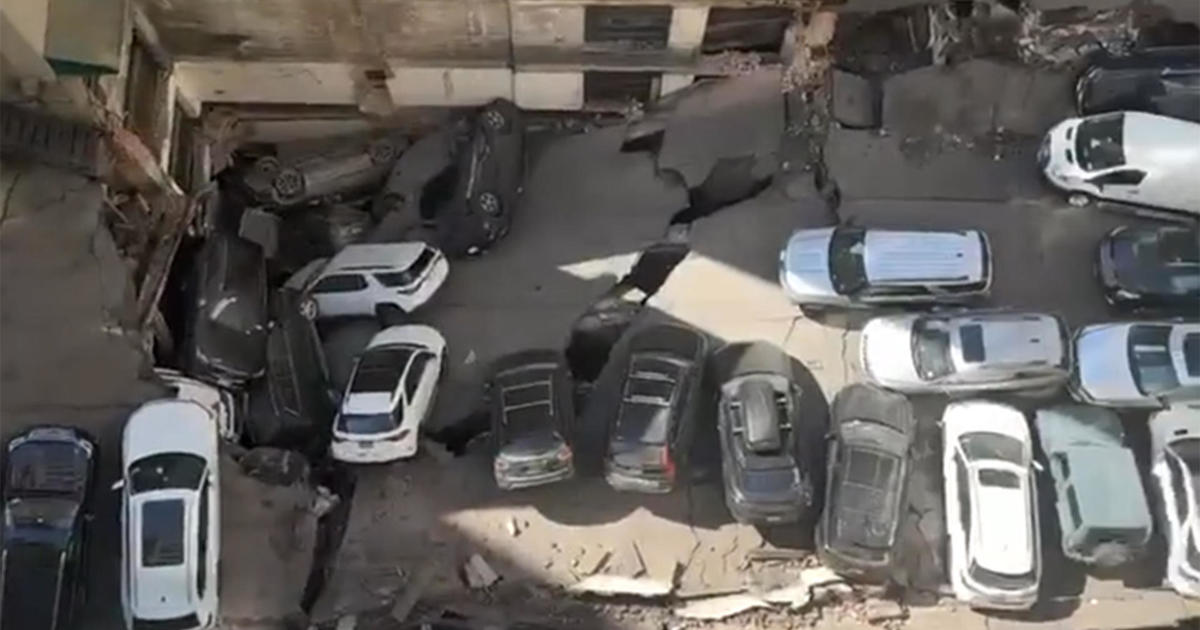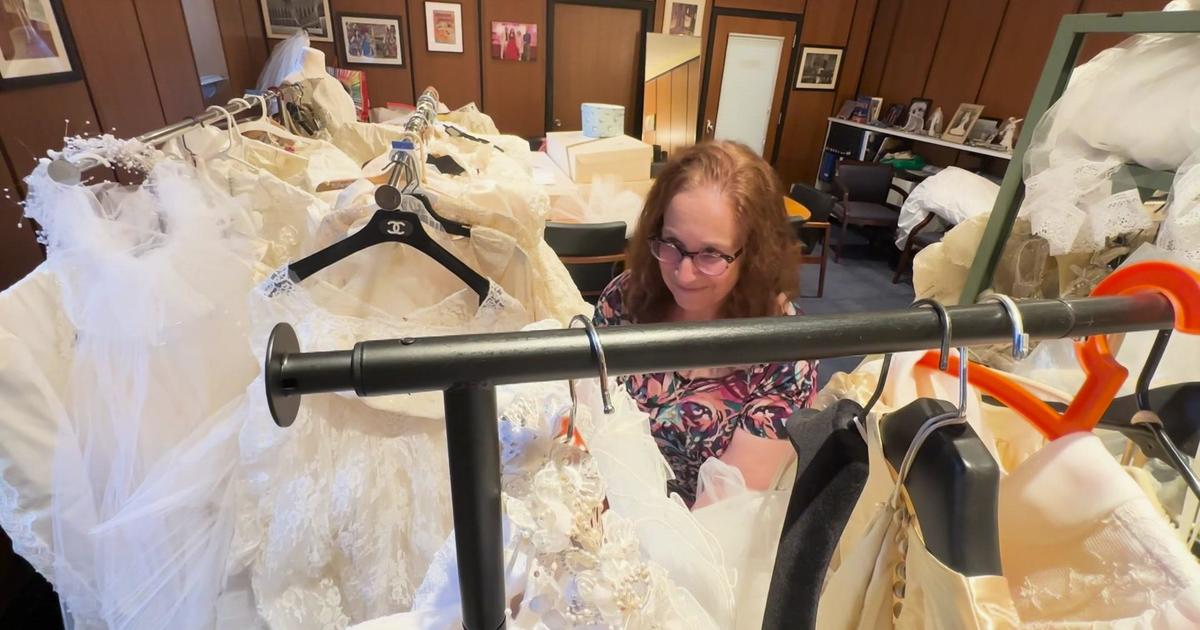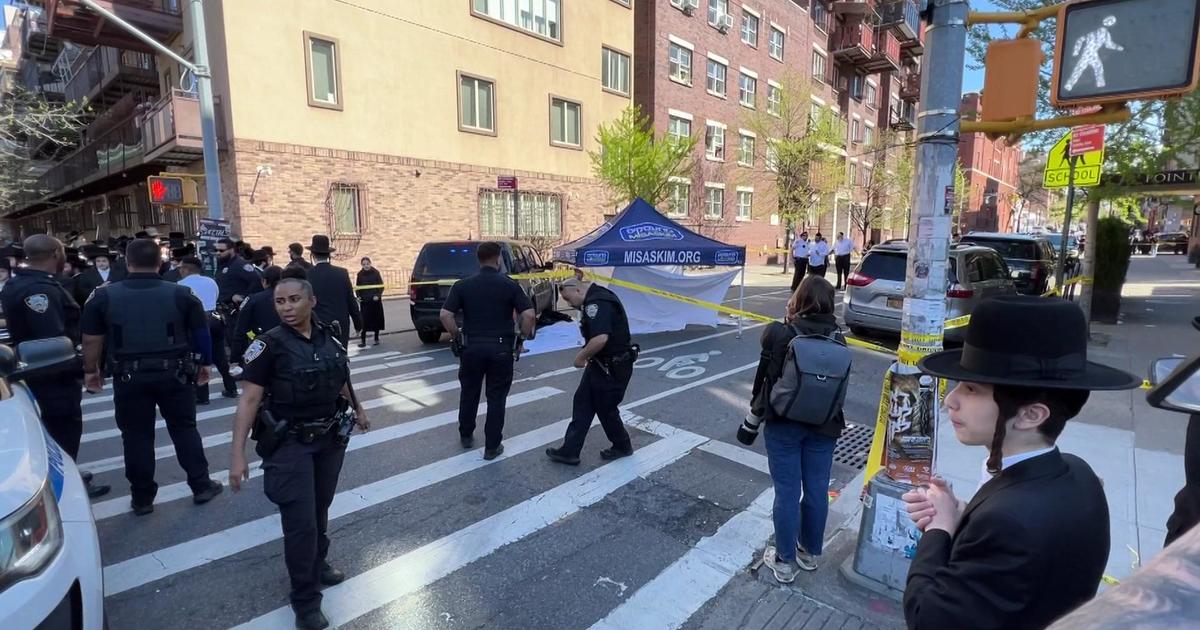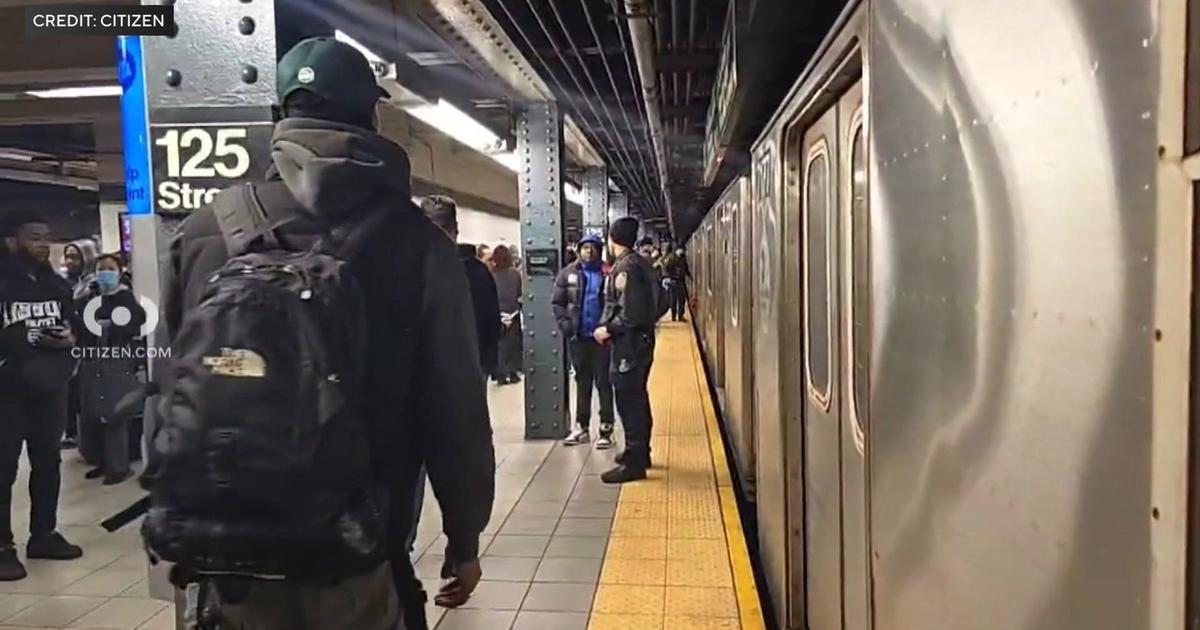3D Technology Is Making Back Surgery Safer And More Accurate
NEW YORK (CBSNewYork) -- You've heard of 3D technology being used for everything from designing cars and houses to printing out body parts.
Now, 3D technology is being used in back surgery.
As CBS2's Dr. Max Gomez explained, a new device is making that surgery safer and more accurate.
There are few elective operations that people fear and try to avoid more than back surgery, and with good reason, there are a lot of vital structures in and around the spine and disaster can result if they're damaged.
Now, 3D technology called an O-Arm is making it safer.
It wasn't long ago that a simple stroll with his wife would quickly turn into a searing, painful experience for Joe D'Antonio.
"It started very slowly and then all of a sudden, I couldn't walk ten feet. It was killing me, pain right down my leg and it was unbearable," he said.
It turned out that Joe had several spine problems causing him pain -- a couple of bad disks, bone spurs, and vertebrae that were unstable and slipping past each other.
Surgery to fix it involves placing screws and rods to stabilize and fuse the problem area.
"I was very concerned, you know. I didn't want to wind up in a wheelchair," he said.
His concern wasn't unreasonable.
"We're right in your arteries, nerves, spinal chord, and so it's a very rich environment where a patient can come to harm very easily," Dr. Robert Kerr, Northwell Health Neurosurgery said.
That's where a large doughnut shaped device came in. It's actually a sophisticated CT scanner that generates 3D images of the spine in real time in the operating room. The scans can be superimposed on the patients anatomy so Dr. Kerr knows exactly where to place the hardware.
"Decide the perfect size, length, and trajectory of the screw before anything is ever placed in the patient, so I know with a high degree of certainty that what I'm going to place is going to go to the right location and be the perfect size and fit for the patient," Dr. Kerr said.
Joe had his surgery 2 and a half months ago. The first week was bumpy, but not anymore.
"I walk, I go to malls, and I walk in the mall. It's been very good," he said.
All back surgery still comes with risk, but the O-Arm reduces those ricks, especially when the spine anatomy is unusual such as with spinal trauma, scoliosis, or some other malformation.
The bottom line is that back surgery is now much safer, and more successful than ever if done for the right reasons.



